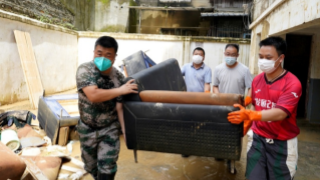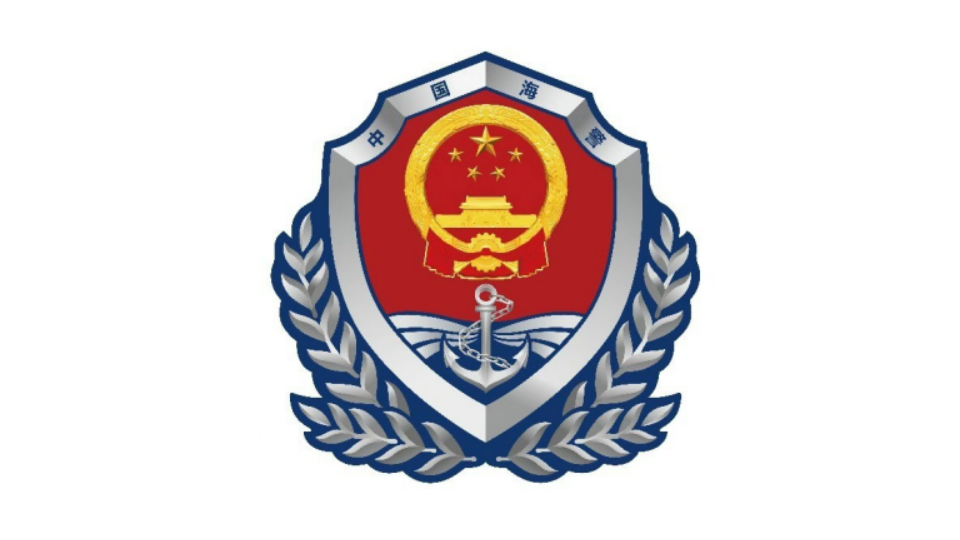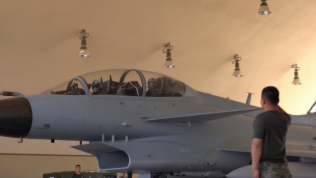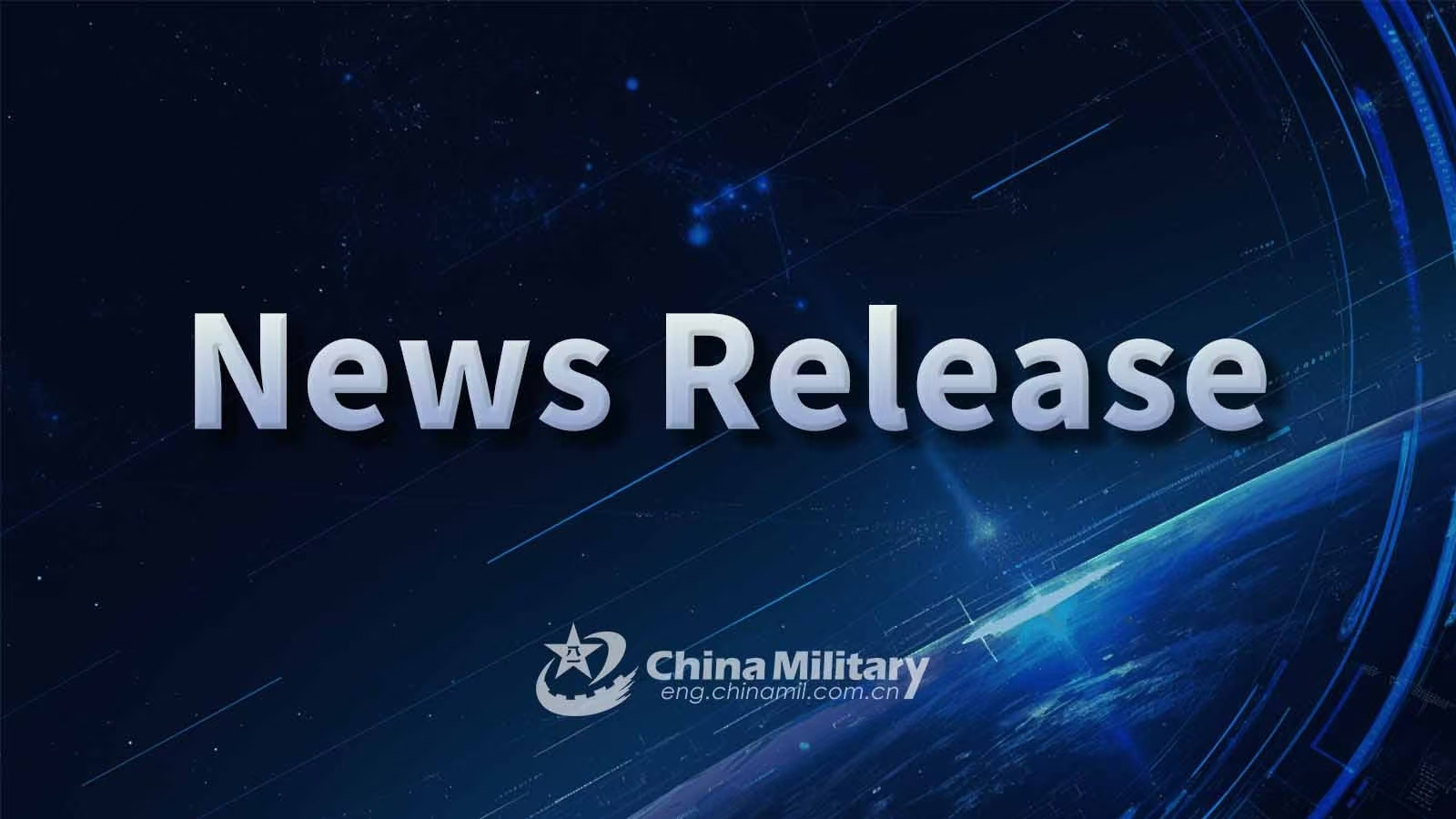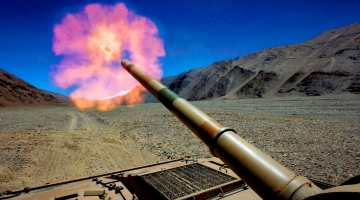By Jia Chunyang
It has been nearly two years since the Russia-Ukraine conflict started and continues to unfold. Since the outbreak of the conflict in February 2022, the US has persistently strengthened its military assistance to Ukraine. However, as the crisis drags on, some key government officials, top military brass and think tanks of the country began to frequently hype up their weapons and ammunition stockpile and defense production capacity deficiencies, claiming that the Ukraine crisis is rapidly depleting their arms repertories and that the highlighted US defense production capacity issue renders them incapable of effectively responding to other potential future military conflicts.
According to some remarks from the US, the country's deficiencies exposed in the process of military aid to Ukraine mainly cover the following aspects. First, the US arms inventories are said to be quickly bottomed out, but the deficit cannot be made up at the same pace due to inadequate defense capacity. For example, some US media reported that within the initial 10 months of the conflict, those Stinger air defense missiles, requiring a production time of 13 years, were exhausted, along with the Javelin anti-tank missiles, which typically take five years to manufacture. Second, the industrial nature of future major conflicts between major powers denotes the US' lack of readiness in its defense industry. Some analysts in the US say that the existing industrial base of the country is mainly dedicated to meeting peacetime demands but unable to quickly respond to wartime demand growth. If the US gets involved in major regional conflicts, it could raise the issue of ammunition consumption exceeding available stockpiles. Third, the US military's combat readiness and national defense capacity cannot cope with the so-called Taiwan Strait conflict. When clamoring the national defense capacity issue, the US strategic community deliberately linked it to the so-called Taiwan Strait conflict to hypothesize and exaggerate the conflict intensity, expressing grave concerns about their ability to handle such an intense conflict.
However, these concerns from the US are obviously contradictory to the global perception of the country's world top-ranked military and defense industrial strength, and are also inconsistent with the superior military power status previously strutted by it.
Early in World War II, the US had already been capable of lending and selling huge armaments to the UK, the Soviet Union, and other countries while satisfying its own needs. The US defense industry has maintained a position of considerable strength. It was reported that up to 40 companies in the US were on the list of the world's top 100 military companies in 2021, whose sales volume accounted for about 51% of the total amount of all these companies. Arms exports, in particular, can reflect a country's defense industry strength. According to a report by the Swedish Stockholm International Peace Research Institute (SIPRI), the US arms exports increased by 14% and the relevant global share rose from 33% to 40% from the period 2013–2017 to the period 2018–2022, far exceeding those of other countries. The US military assistance to Ukraine also demonstrates the rapid response and capacity expansion capabilities of the country's defense industry. As was shown in the list of security assistance to Ukraine released by the US Department of Defense (DoD) in October 2023, the US had cumulatively provided huge security aid worth USD 43.9 billion to Ukraine since the outbreak of the Russia-Ukraine conflict. In terms of firepower, hundreds of thousands of various types of artillery shells and even hundreds of millions of light weapon ammunition were prominently included.
In other words, the US defense industry is by no means as incapable as some individuals in the country assert. Besides, the US is constantly seeking greater interoperability with its allies in respect of armaments to quickly acquire urgently needed equipment during wartime. In this case, why do the US political, military, and strategic circles frequently disclose their shortcomings?
Firstly, the claimed arms supply inadequacy of the US in the context of continuous massive military aid to Ukraine features temporality and specificity. To save costs and safeguard their own commercial interests, the US military enterprises usually maintain their production capacities at a low level that is enough to meet the peacetime military needs of the country. In fact, military enterprises in other countries also face the same problem and choice and won't sustain an excessively robust defense industry capacity in peacetime. Otherwise, it would be economically unsustainable. Therefore, the so-called inadequacy does not indicate the weakness of the US defense supply capacity, but only shows that the US has underestimated the intensity of the Ukraine crisis, resulting in the consumption of inventory outpacing the demands of the conflict.
Secondly, as there are indeed certain persistent problems within the US defense industry, the country intends to seize the opportunity to address these weaknesses and stimulate the national defense industry. The US is working to solve the problems including fewer choices of arms procurement caused by intensified industry monopoly, low self-sufficiency rate of some key raw materials, gaps between ammunition stocks and production capacity and demands in case of large-scale wars, and serious turnover of highly skilled labors in the defense industry. The State of Competition within the Defense Industrial Base report released by the DoD in February 2022 urged relevant departments to jointly take measures to strengthen anti-monopoly supervision, improve intellectual property policies, attract more small and medium-sized enterprises to enter the defense industry and reduce external dependence of the defense industry supply chain. The DoD FY2024 budget includes USD 30.6 billion purchase fees for missile and other ammunition, growing by 12% from FY2023 and 50% from five years ago. All similar measures aim at providing impetus for the development of the US defense industry.
Thirdly, the US' self-disclosure of shortcomings also targeted at strengthening military preparations for future conflicts between major powers. The combination of bloating the so-called potential Taiwan Strait conflict and the "China military threat theory" further exposes that the country is possibly actively engaged in bolstering their military readiness in anticipation of future conflicts between major powers, especially those military conflict scenarios related to China. One-third of the ammunition budget is occupied by the long-range firepower in the DoD's FY2024 budget, which was bluntly stated by the US Deputy Secretary of Defense Kathleen H. Hicks to deter China. The US' website Defenseone.com also commented that most of the funds in this budget are not used to replenish weapons provided to Ukraine, but to increase the inventory of newer and more advanced missiles specifically designed to counter China.
It can be seen that although the US complains that its defense industry deficiencies have been revealed in the Ukraine crisis, it does not mean that the country's defense supply capacity has genuinely diminished. Serious misjudgments will arise from underestimating the US defense industry's supply capacity and rapid production expansion capacity in wartime, as well as the equipment interoperability and complementarity between the US military and its allies, from the perspective of their self-identified shortcomings. On the contrary, the measures they have taken to address these self-proclaimed so-called shortcomings, as well as their strategic schemes to boost the defense industry and engage in robust military preparedness targeting potential future conflicts between major powers, merit special attention.
(The author is the executive director of the Center for Economic & Social Security Studies and an associate research fellow of the Institute of American Studies at the China Institutes of Contemporary International Relations.)
Editor's note: Originally published on huanqiu.com, this article is translated from Chinese into English and edited by the China Military Online. The information and opinions in this article do not necessarily reflect the views of eng.chinamil.com.cn.





